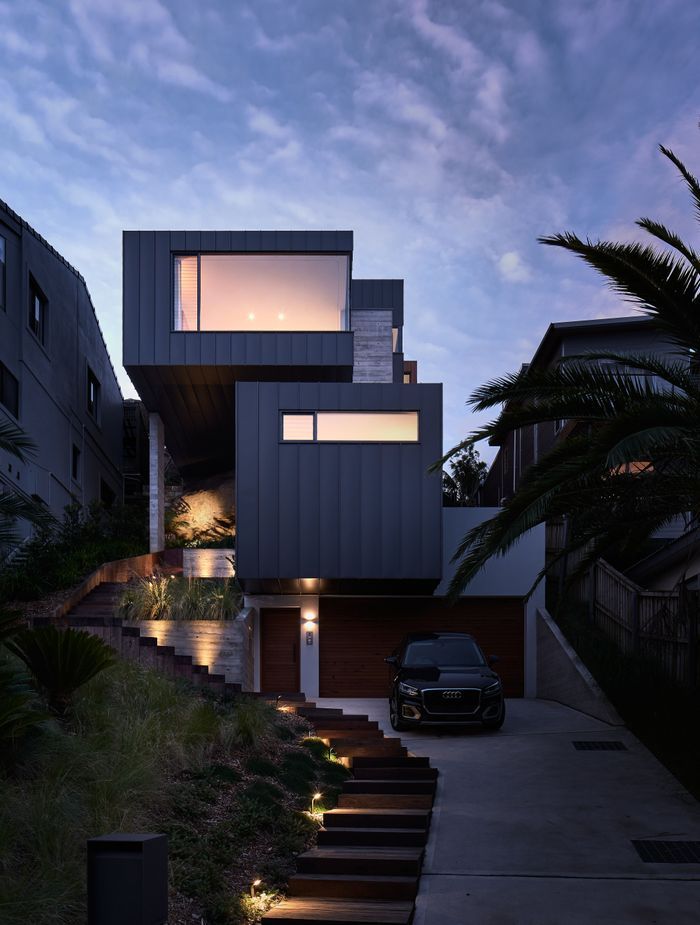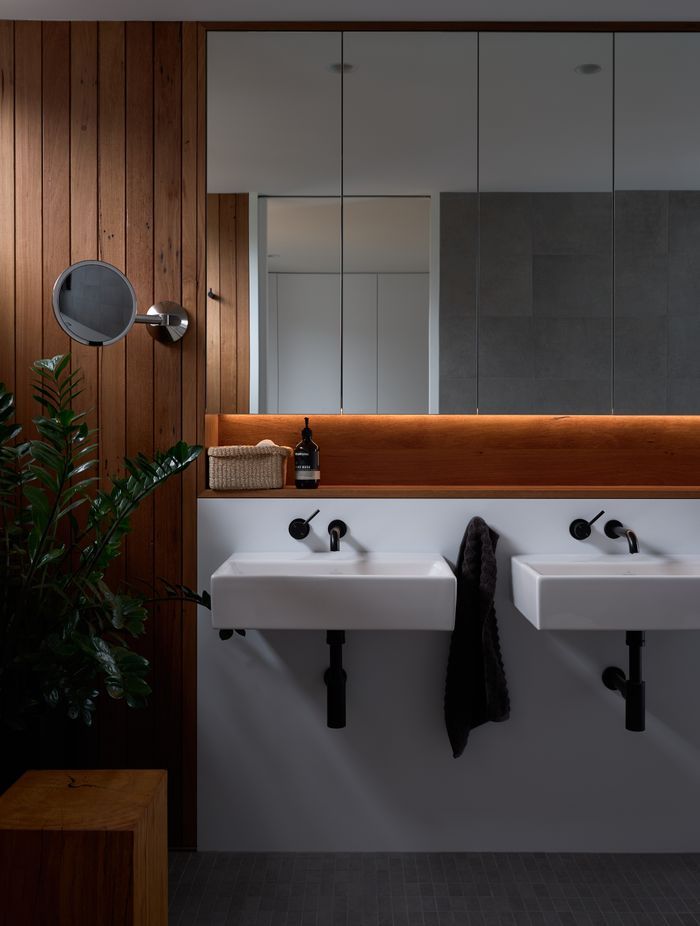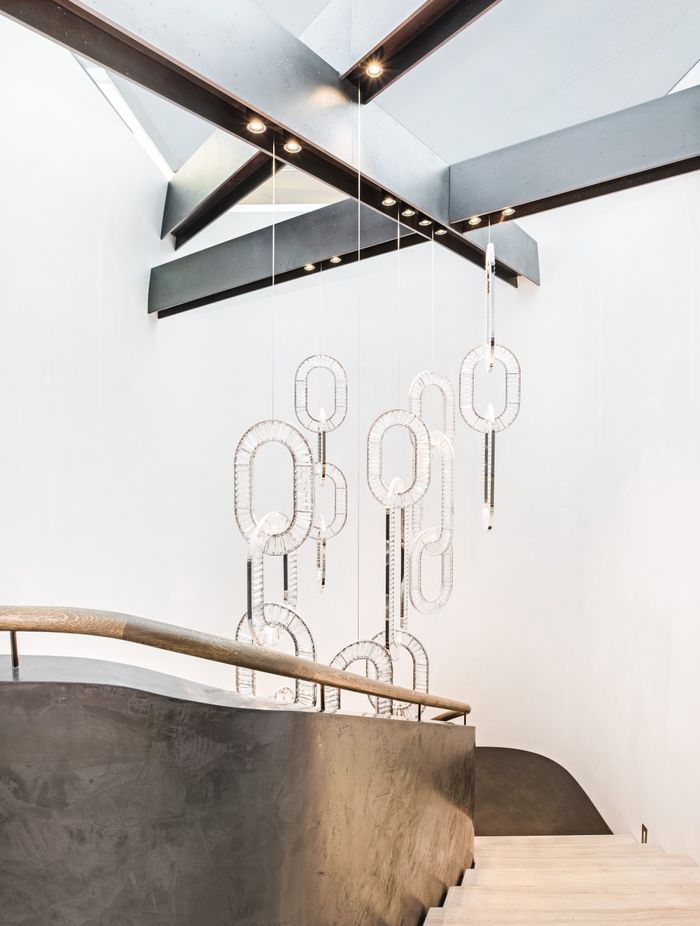Layered lighting: how to illuminate a home in the most efficient way and improve your well-being at the same time
Written by
17 July 2023
•
4 min read

Lighting impacts our circadian rhythm, sleep, mood, and productivity. When our circadian rhythms are disrupted because of artificial light exposure at night or inadequate task lighting during the day, our health can easily suffer. From a biological point of view, good lighting design improves our overall well-being. Studies also found that lighting helps reduce depression and can increase cognitive performance, such as reaction time.
Healthy building certification systems, such as LEED and WELL, emphasise wellness lighting strategies. The WELL Light concept, for example, “aims to create lighting environments that are optimal for visual, mental and biological health.”
To achieve optimal illumination in your home, a lighting plan is a great start.
What is a lighting plan?
A lighting plan illustrates the ideal lighting for a property. It considers functionality, the layout of the home, required light levels and how best to support design elements. It also includes the mood, atmosphere and design aesthetic homeowners want to achieve in dedicated spaces. Lastly, a lighting plan takes into account how to illuminate a home in the most efficient way.
With over 80 years of experience in the lighting industry, Sydney-based Special Lights prides itself on its lighting plans, including layered lighting.


Layered lighting for optimal comfort
Layered lighting embraces the client’s requirements for atmosphere and functionality and highlights architectural design features at the same time. When using a layered lighting philosophy, which includes general, task, accent, and decorative lighting, the number of light fittings can decrease. Layers can be achieved in many ways and are not always on show or in view. They can be moulded and changed and follow the design intent of a space.
Spaces that benefit the most from layered lighting are bathrooms, open-plan living and alfresco areas.
The Special Lights design team also provides tips on how to create different moods and atmospheres with the lighting layout, considering colour temperature, indirect, hidden or concealed lighting, dimming and automation, or creating zones with pockets of light that are in line with the furniture layout.
The benefits of hidden illumination
Not every light source needs to be visible. Hidden illumination has an aesthetic appeal and creates an ambient and welcoming atmosphere. Concealing light sources equals less glare, which is more pleasing to the eye. Lastly, hidden lighting can emphasise specific architectural features or other focal points in a room without drawing attention to the light source itself.



Engaging the lighting design team early in the design process is paramount
To maximise the outcome and capture all required elements, such as ceiling depths, for example, Special Lights recommends engaging the lighting design team as early as possible in the building or renovation process to integrate it with the architectural planning process.
The design team works closely with all relevant trades including architects, designers, automation teams, electricians, and builders to provide an end-to-end lighting design that meets the desired outcome. Contractors receive detailed site notes to ease the implementation process, and the Special Lights team is available to troubleshoot technical and design-related matters. The team also coordinates sample kits and manages the order and delivery of the required lighting products.

On the forefront of emerging lighting trends
Special Lights was originally established in Vienna in 1938. With longstanding partnerships with European Lighting design houses, the Special Lights portfolio has been shaped over the years by the pursuit of design excellence.
These days, Special Lights is one of the most experienced operators in the Australian lighting industry. “Our Design Services division specialises in residential projects and works with a broad spectrum of architects and designers to be at the forefront of emerging trends in Australia,” explains Amy Harper-Pell, Design Services Manager at Special Lights.
To stay up-to-date on upcoming international lighting movements and technology, the design team regularly travels to European trade fairs.
View the highlights of Euroluce 2023, Milan
So it comes as no surprise that their project portfolio encompasses both architectural and decorative lighting plans which are featured in prestigious properties and projects throughout Australia.
Explore more from Special Lights on ArchiPro.